Introduction
The Linear Chuo Shinkansen project, spearheaded by JR Central, faces significant challenges in Shizuoka Prefecture, particularly with the construction of the South Alps Tunnel. Governor Heita Kawakatsu, 75, is at the center of controversy, creating a tightening siege with his opposition to the project. This situation not only affects regional development but also has broader implications for Japan’s transportation infrastructure and disaster resilience plans.
The Environmental Concerns and Governor Kawakatsu’s Stance
Governor Kawakatsu has expressed concerns about the potential environmental impact of the tunnel construction, particularly on the Oigawa River flow and the South Alps’ ecosystem. His reservations have led to prolonged negotiations with JR Central, causing significant delays in the project. Despite a report by a panel of experts approving JR Central’s environmental preservation measures and an agreement on water outflow measures involving the Tashiro Dam, owned by a Tokyo Electric Power Company subsidiary, the governor remains cautious. He insists on further discussions at the prefectural level, seeking more detailed and concrete solutions.
The Political Dynamics and Opposition
The conflict between Governor Kawakatsu and the Liberal Democratic Party (LDP) faction in the Shizuoka Prefectural Assembly is intensifying. The LDP is preparing to nominate a strong candidate to challenge the governor in the upcoming election. With the election just over a year away, Governor Kawakatsu faces increasing pressure.
Technical and Ecological Challenges
The construction of the Linear Chuo Shinkansen, especially the South Alps Tunnel, raises concerns about reducing the water flow of the Oigawa River and impacting the ecosystem. The expert panel’s interim report, compiled two years ago, concluded that the river’s flow would be maintained during construction. However, Governor Kawakatsu remains skeptical, emphasizing the need for additional measures and thorough examinations.
Financial and Developmental Implications
The delays in the Linear Chuo Shinkansen project due to these ongoing negotiations and environmental concerns have significant financial and developmental consequences. The project, initially aimed to connect Tokyo and Nagoya by 2027 and eventually extend to Osaka, is now facing inevitable delays. These setbacks impact not only regional development plans, such as station area redevelopment, but also Japan’s broader economic goals.
The Role of the Central Government
The situation calls for more assertive action from the Kishida administration. The Linear Chuo Shinkansen is not just a transportation project; it is also
crucial for the nation’s strategic infrastructure resilience, especially considering potential disasters like the Nankai Trough earthquake. The project is envisioned as a parallel and alternative route to the existing Tokaido Shinkansen, ensuring connectivity in case of emergencies.
The Broader Implications for Japan
The Linear Chuo Shinkansen project symbolizes Japan’s commitment to advancing its technological and infrastructural prowess. The stalemate in Shizuoka not only hinders regional progress but also reflects on the nation’s ability to execute large-scale projects efficiently. It’s a test of balancing environmental concerns with technological advancement and economic growth.
The Way Forward
Moving forward, it is crucial for all stakeholders, including the Shizuoka Prefectural Government, JR Central, and the national government, to engage in more constructive and solution-focused discussions. It is also essential for the public to be informed and involved, as the project has widespread implications for the community and the country.
The role of Governor Kawakatsu is pivotal in this situation. While his concerns about environmental impacts and local interests are valid, it is equally important to consider the broader national interests and the potential benefits of the project.
Conclusion
The Linear Chuo Shinkansen project is at a crossroads. The challenge lies in finding a middle ground that respects environmental concerns while advancing national interests. The resolution of this issue will be a significant indicator of Japan’s ability to navigate complex environmental, political, and developmental landscapes in the pursuit of progress and sustainability.

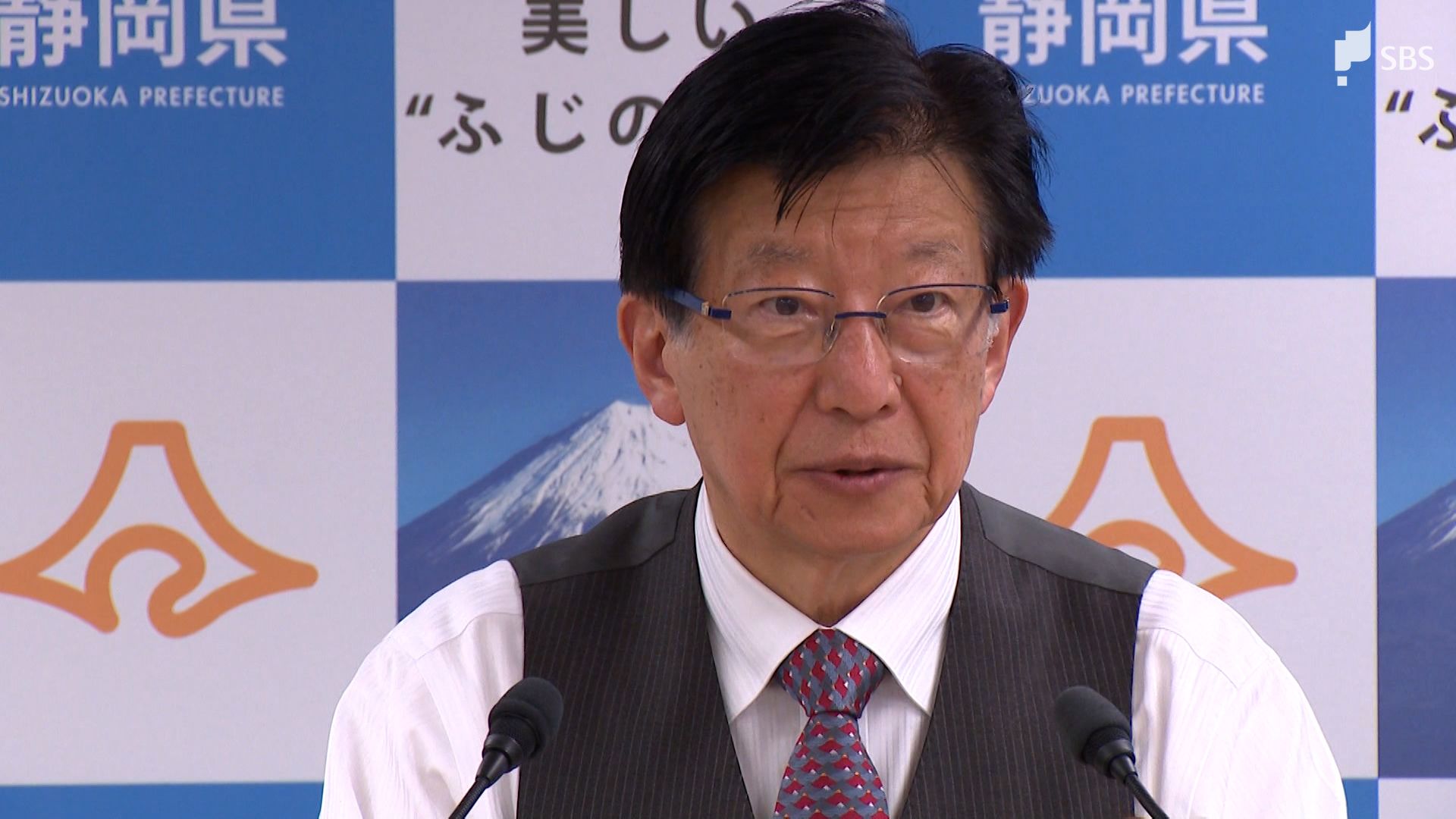

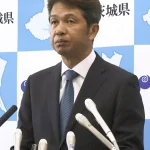
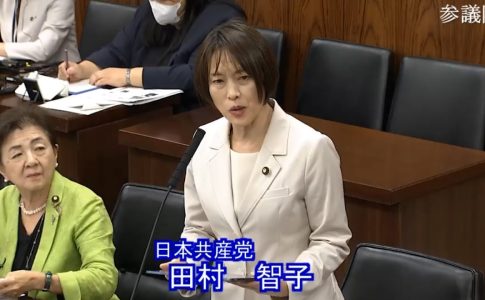
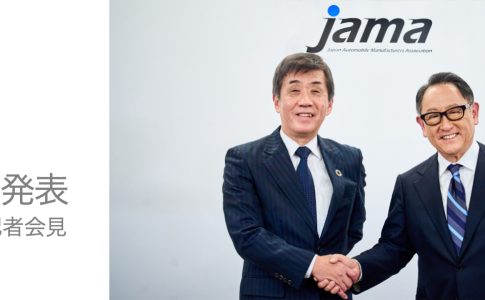


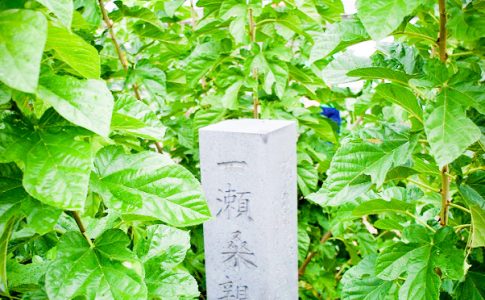
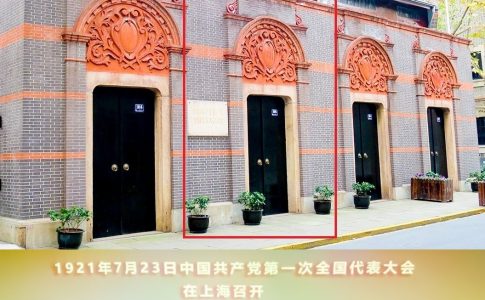


Leave a Reply